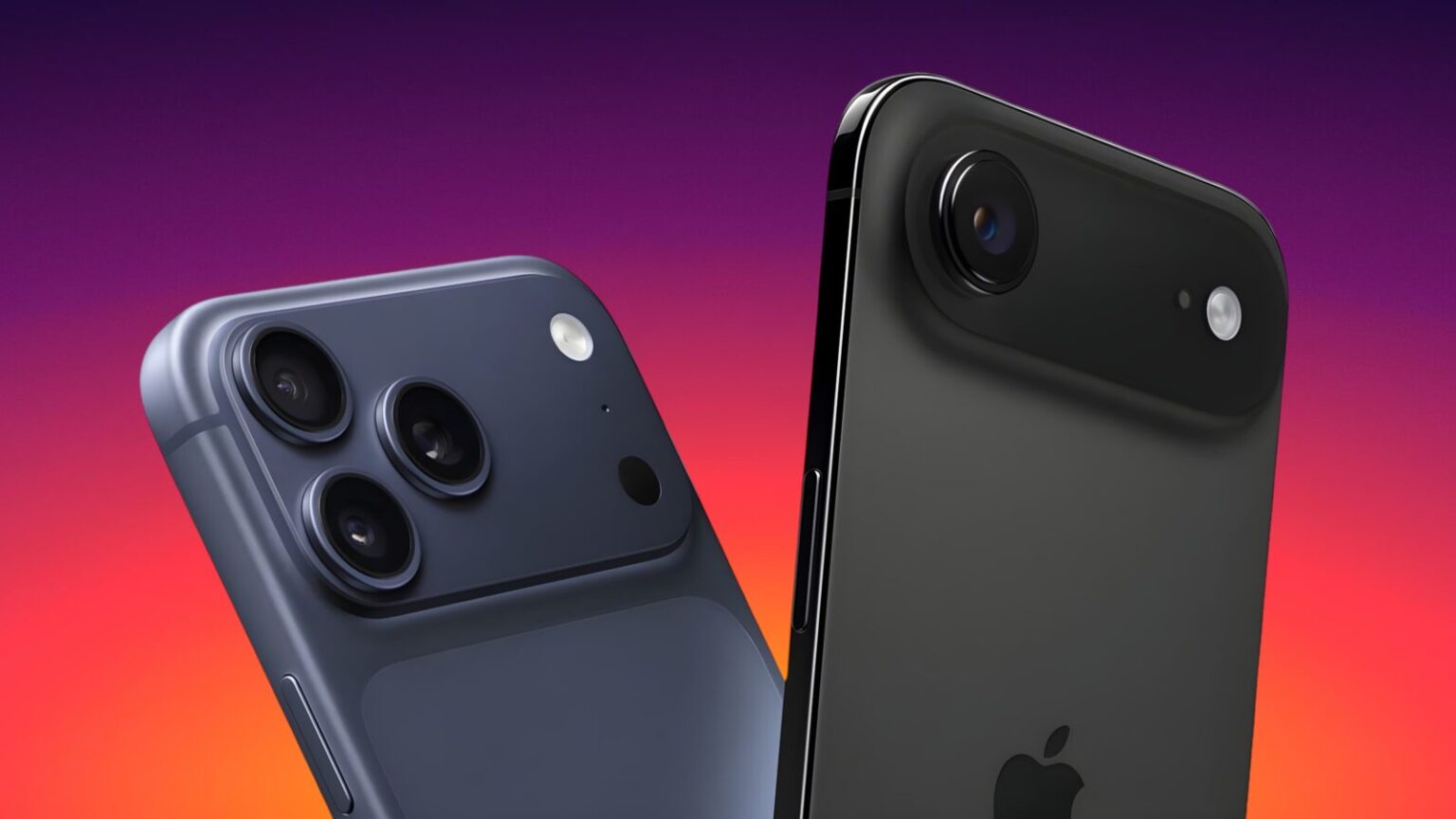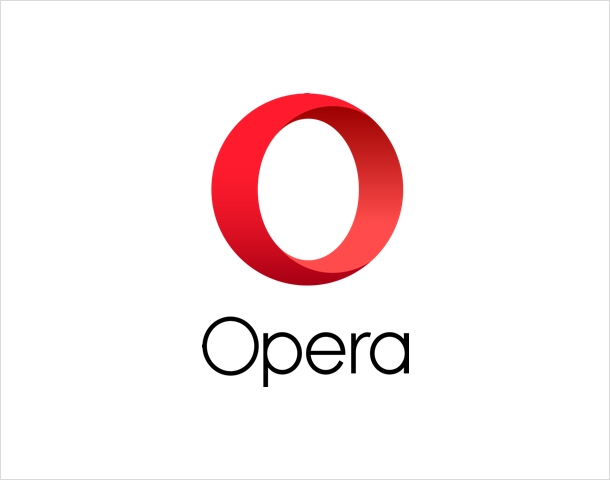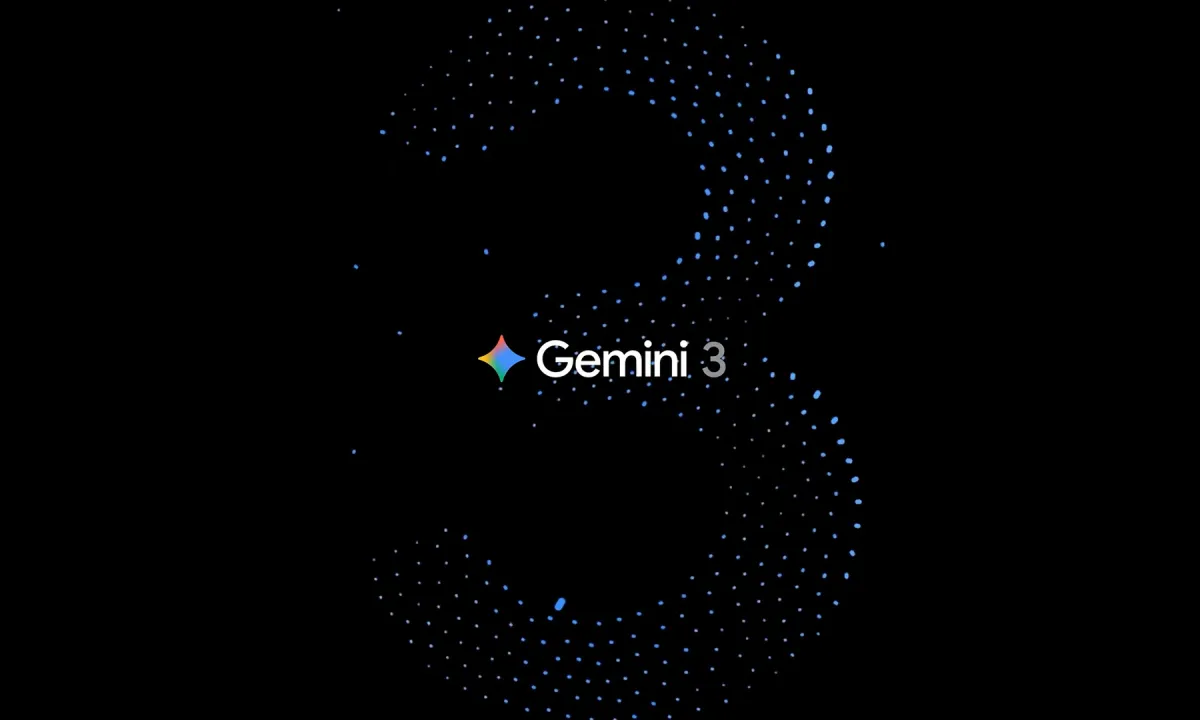Every September feels like a kind of secular holiday for the tech-inclined. For some people it’s about pumpkin spice lattes, for others it’s new FIFA releases — but for me, it’s iPhone season. And this year, Apple didn’t just release phones; it released arguments disguised as phones. Two devices that might share DNA but live on completely different planets in terms of philosophy.
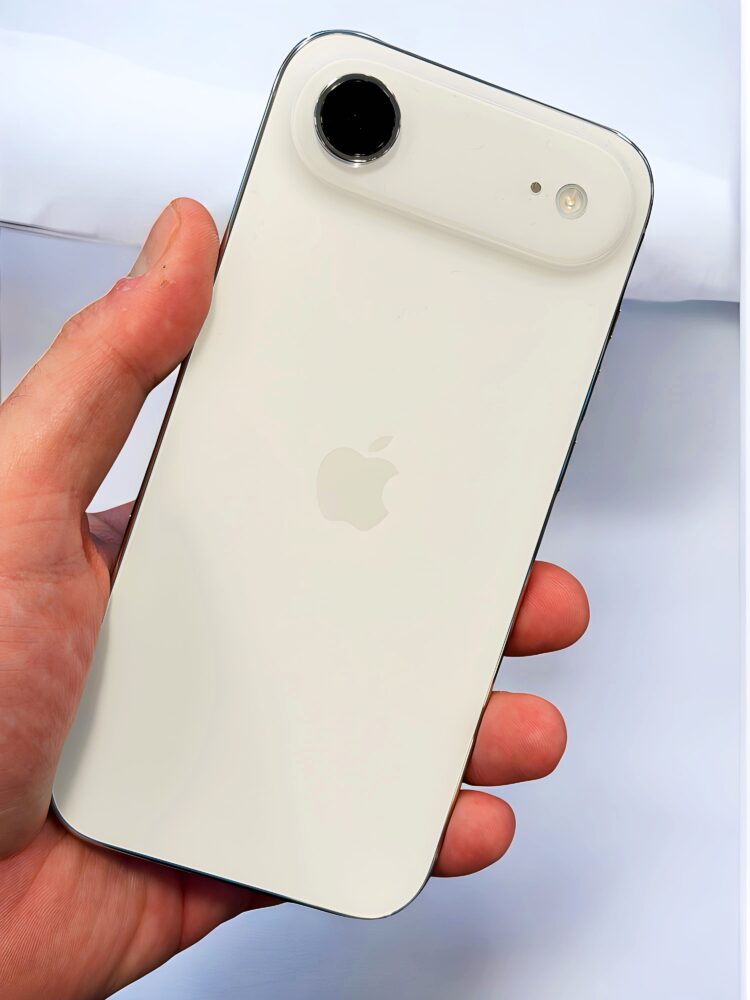
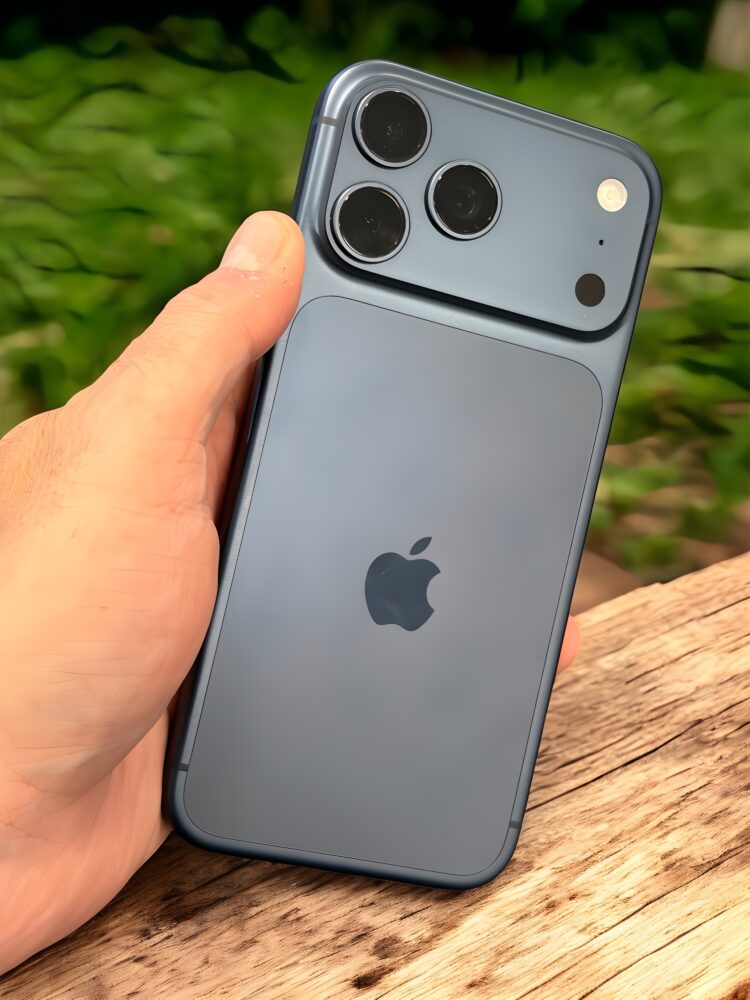
On one side you have the iPhone Air, Apple’s thinnest, lightest, most daring rethink of what an iPhone could feel like since, arguably, the iPhone 4. It’s the phone that wants to disappear into your life — so thin, so weightless, that half the time you’ll be patting your pockets to make sure it’s still there. Its pitch is tactile minimalism. It’s not the phone for people who obsess over every spec; it’s the phone for people who care about the everyday act of holding the thing.
And then there’s the iPhone 17 Pro Max — which does not whisper. It walks into the room wearing Cosmic Orange and tells you it has a laser-welded vapor chamber integrated into its bones. It is unapologetic in size and unapologetic in ambition. This is the “all-in” iPhone: the tool for filmmakers, the lifeline for road warriors, the indulgence for people who just want the best of everything, no matter the wrist strain.
I’ve spent time with both. And while it’s tempting to declare a “winner,” the truth is more interesting. What Apple has really done this year is split the iPhone into two different ideologies. One is about beauty in restraint. The other is about beauty in excess. Choosing between them isn’t just about comparing megapixels or nits; it’s about how you want to live with your phone.
So let’s break down the duel. Not as a sterile spec-sheet battle — but as a lived experience.
The Feel in the Hand: Feather vs Slab
Here’s a confession: I’m one of those weirdos who occasionally uses their phone without a case. I know, I know — it’s heresy. But there’s something about feeling the actual material of the phone that makes it feel more personal, more yours. And with the iPhone Air, I understood why Apple keeps chasing thinness.
At 5.6 mm and just 165 grams, the Air feels… uncanny. The first time I picked it up, my brain did that double-take thing, like when you expect to lift a heavy suitcase and it turns out empty. You brace, and then suddenly you’re holding air — literally. Reading in bed one-handed? A dream. Long subway commutes where you’re juggling a coffee cup and your bag? This is the first iPhone that doesn’t punish you for daring to text with one thumb. Even just slipping it into a jeans pocket feels different. Instead of a block pressing into your thigh, it’s almost like sliding in a credit card.
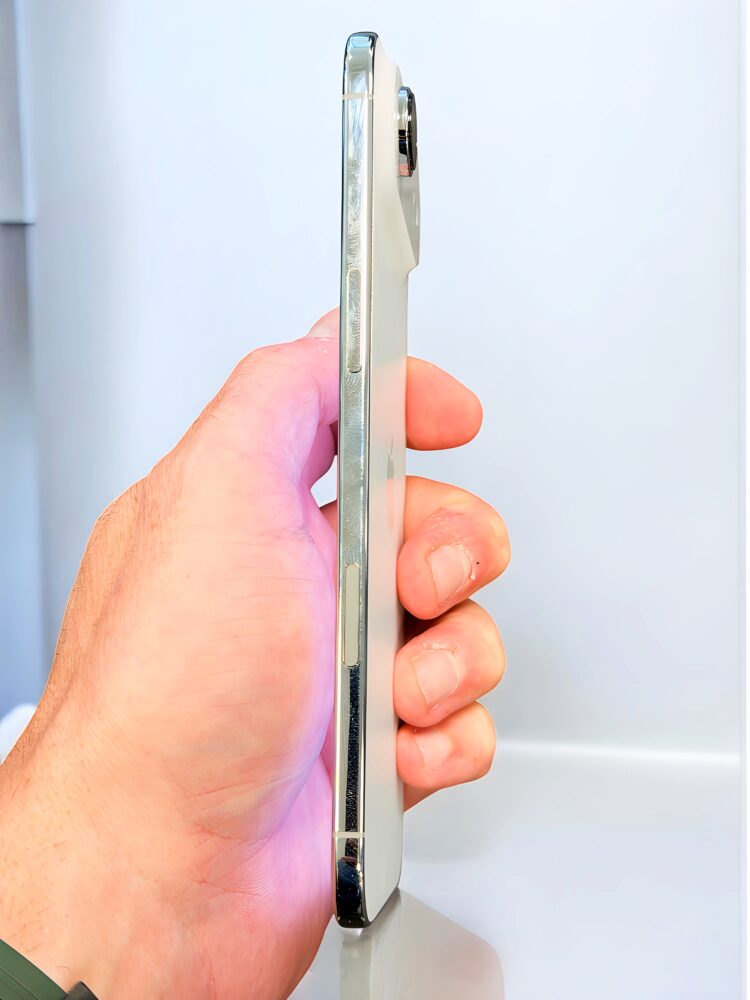
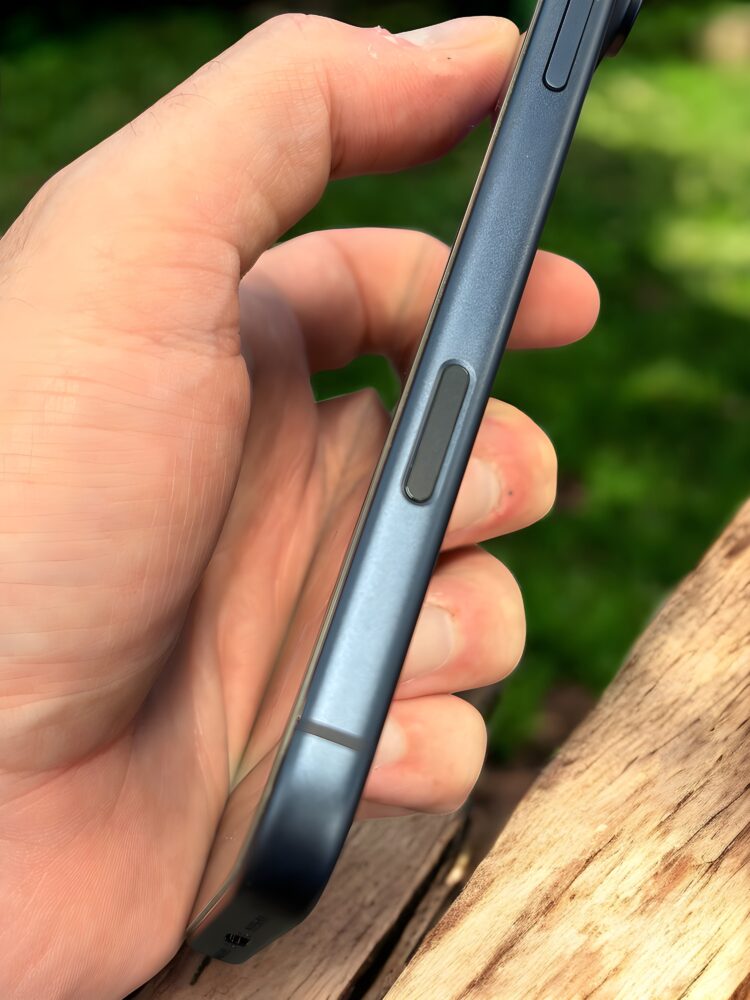
But the Pro Max is a different story. This is a phone that announces itself every time you pick it up. You feel the 6.9-inch presence, the unibody aluminum, the sheer density. It thuds on tables. It bulges in pockets. But weirdly, I found comfort in its heft. The heat-forged aluminum frame doesn’t just look cool — it conducts heat away from the internals, giving you a phone that feels engineered to withstand punishment. The weight, in this case, feels purposeful. Like holding a DSLR camera instead of a disposable point-and-shoot.
Here’s the thing: living with the Air made me rediscover delight in tactility. Living with the Max made me rediscover trust in solidity. One is featherweight freedom. The other is slab-like security. Neither is wrong, but they couldn’t feel more different.
The Screen Wars: 6.5 Inches of Elegance vs 6.9 Inches of Cinematic Drama
Displays are where Apple has been flexing hard the last few years, and both these phones push into almost absurd territory: 3,000 nits peak brightness. That’s not just marketing fluff — that’s “I can read Google Maps under Dubai’s noon sun without squinting until my forehead develops permanent wrinkles” brightness.
The iPhone Air’s 6.5-inch display feels deceptively intimate. Apple’s new anti-reflective coating doubles outdoor contrast, which means you don’t need to crane your neck toward shadows just to read a notification. Indoors, it’s almost too beautiful for casual use. Watching films in HDR, you get this controlled vibrancy — colors that are lush but not cartoonishly oversaturated, blacks that stay inky without swallowing detail. ProMotion adaptive refresh makes scrolling feel liquid, and the Always-On Display has matured into something genuinely useful instead of gimmicky.
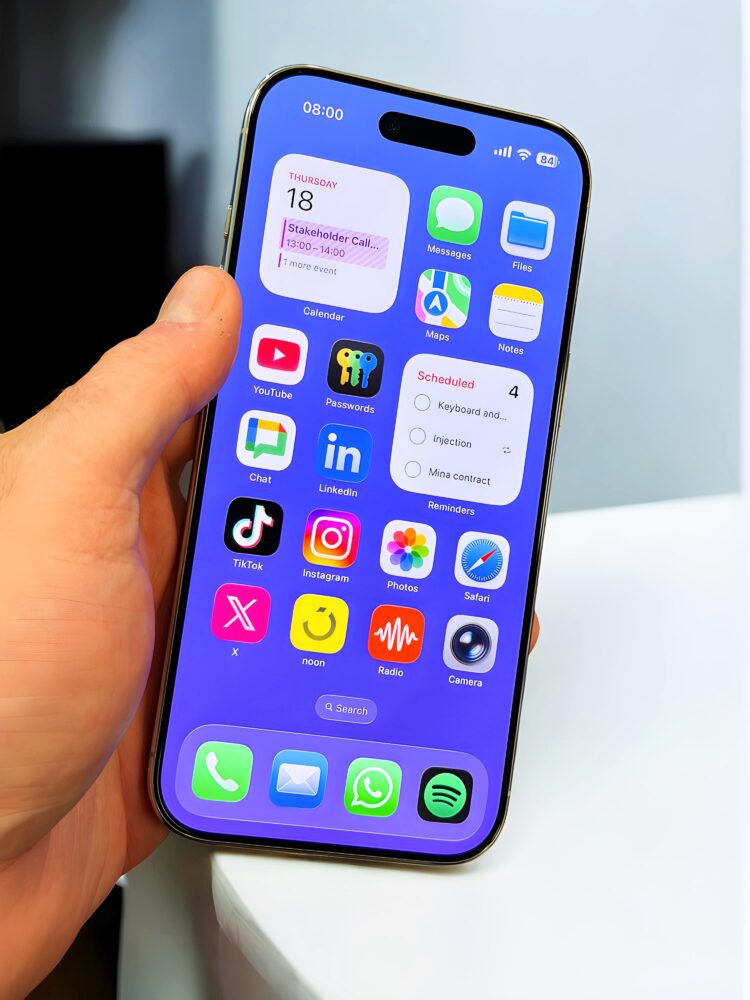

But then you use the Pro Max, and it’s like someone swapped your 40-inch living room TV for a cinema projector. The sheer size of the 6.9-inch panel changes how you interact with content. Instagram stories feel bigger, games feel more immersive, ebooks read like print magazines. And HDR movies? Forget about it. Dolby Vision content on the Pro Max feels like cheating — highlights don’t just shine, they glow. Paired with the anti-reflective coating that reduces glare by a third, the Max doesn’t just survive harsh lighting conditions, it dominates them.
Here’s how I’d put it: the Air’s screen makes iOS feel more elegant, almost jewelry-like. The Pro Max’s screen makes iOS feel like an operating system for a media device that happens to make calls.
Performance: Power vs Endurance
Both the Air and the Pro Max share the A19 Pro — Apple’s silicon equivalent of an Olympic athlete. But the way each phone harnesses that chip feels like two different philosophies of performance.
The Air is a sprinter. For everyday tasks, it’s immediate. Apps snap open, AI features like live translation run smoothly, editing photos feels effortless. Even casual gaming feels enhanced by the 120 Hz refresh. But push it into heavier workflows — extended video exports, marathon AAA gaming — and the thin titanium body becomes noticeably warm. Not dangerous, but enough to remind you of physics. The Air’s genius is in short bursts, not marathons.
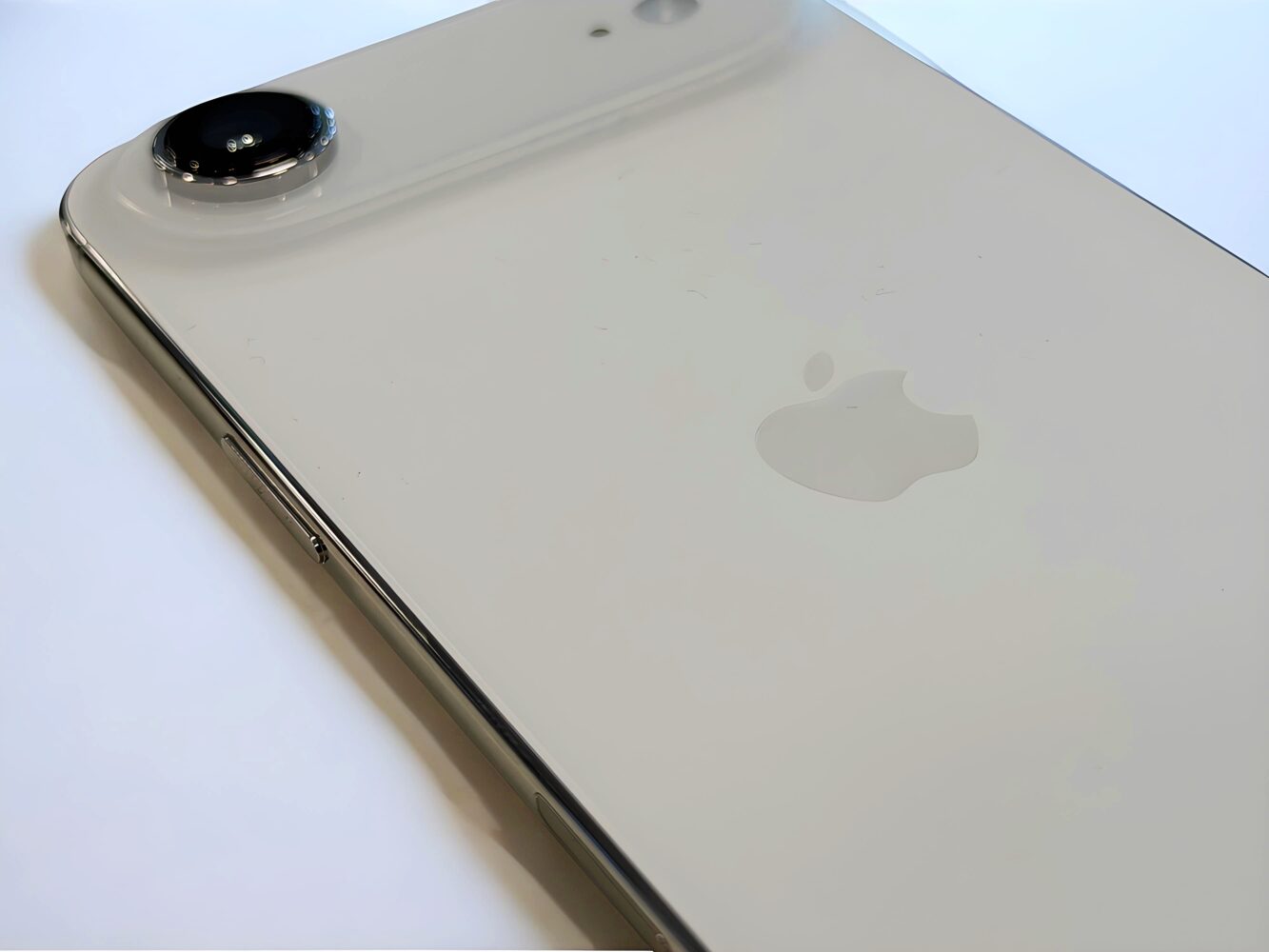
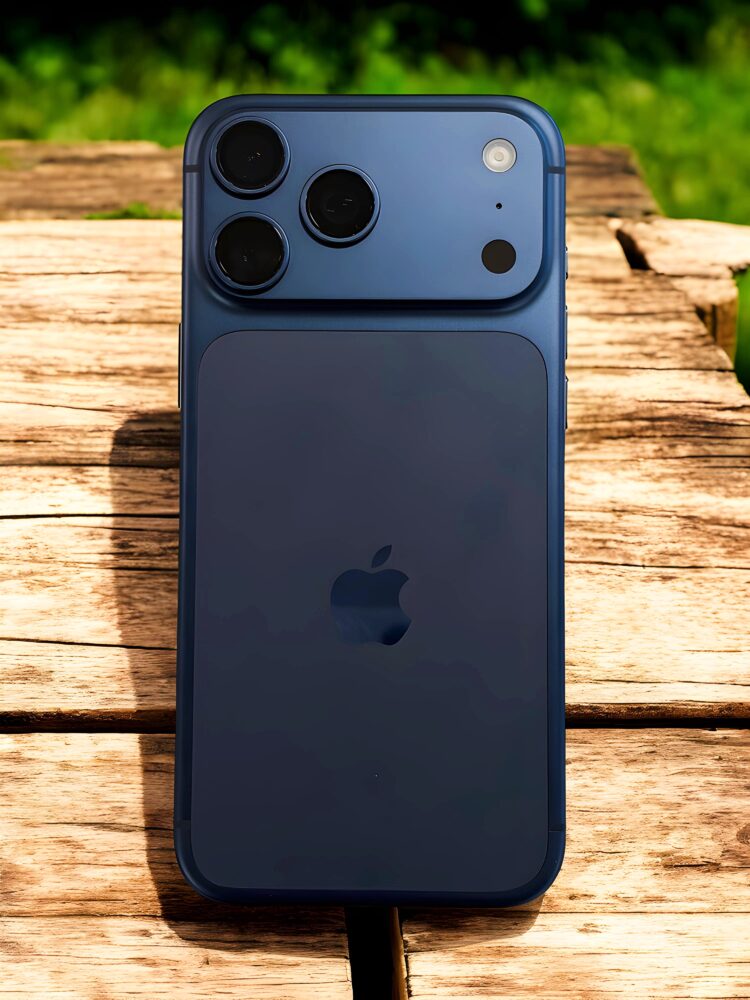
The Pro Max is a marathoner. Thanks to that integrated vapor chamber welded into its aluminum skeleton, heat management is transformed. I played a two-hour session of a ray-traced dungeon crawler on the Pro Max, and while my thumbs were sweating, the phone wasn’t. Exporting multiple 4K video streams in LumaFusion while listening to Spotify? Smooth. Even AI-heavy tasks like on-device transcription and image generation run without hiccups. The Max doesn’t just benchmark well — it sustains. It’s the difference between sprinting 100 meters and running a 10K without breaking stride.
So the choice here comes down to this: do you want a phone that’s impossibly thin but sometimes asks you to set it down and let it cool? Or a phone that could probably survive being used as a gaming console, video studio, and hotspot all at once?
Cameras: One Smart Lens vs a Holy Trinity
This is where the philosophies truly split.
The iPhone Air is almost subversive in its simplicity: one rear camera. But what Apple does with that single 48 MP Fusion sensor is remarkable. Through computational wizardry, you get three popular focal lengths (28 mm, 35 mm, and a clean 2x crop) that actually look good, not like mushy digital zooms. It’s like having a prime lens kit disguised as a single shooter. Portrait mode is rebuilt with focus control, pets are now treated as first-class subjects, and the new front-facing 18 MP Center Stage camera reframes automatically in group selfies. It’s casual photography elevated — the kind of camera that makes you want to capture little moments because it feels effortless.
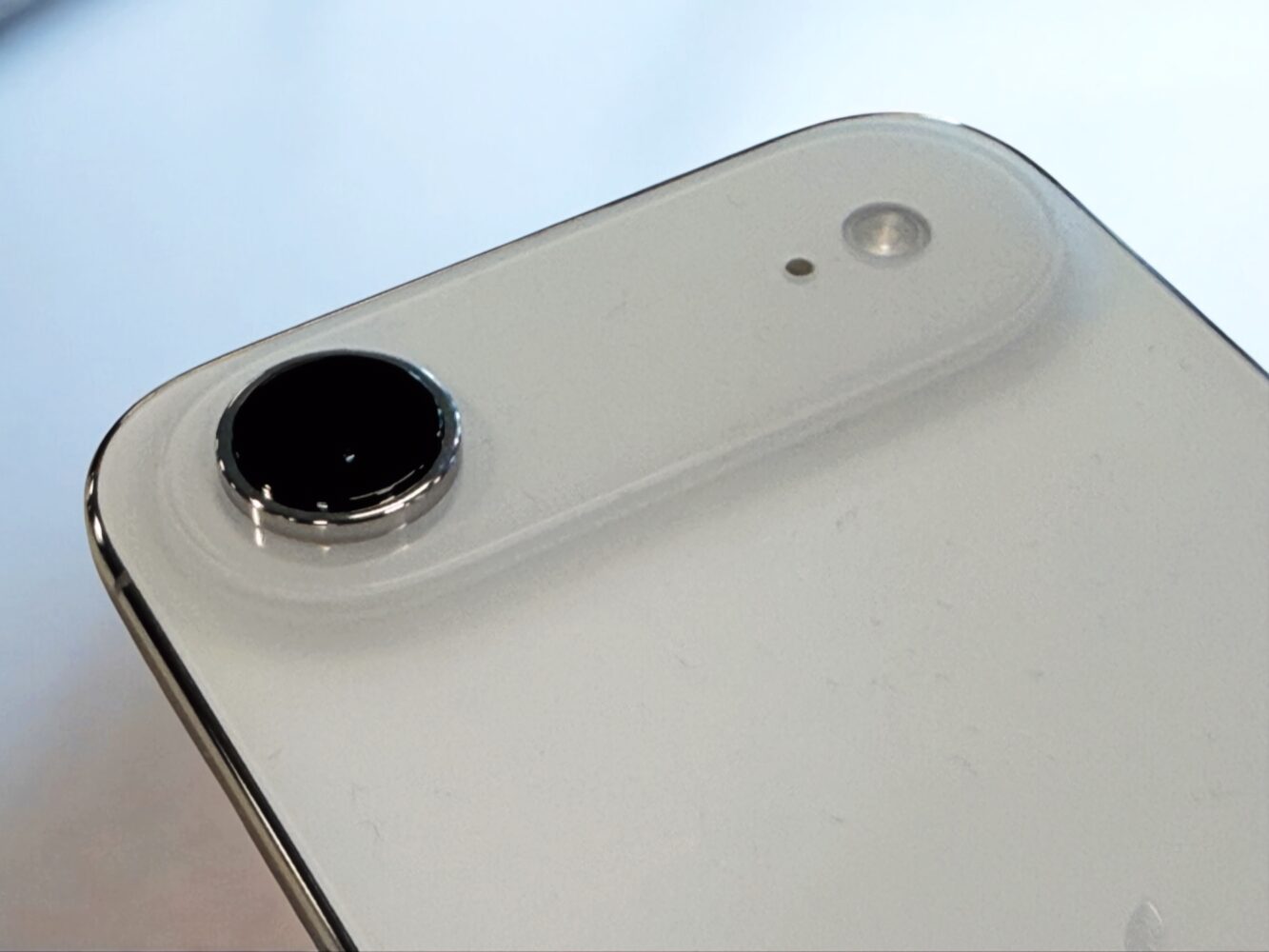
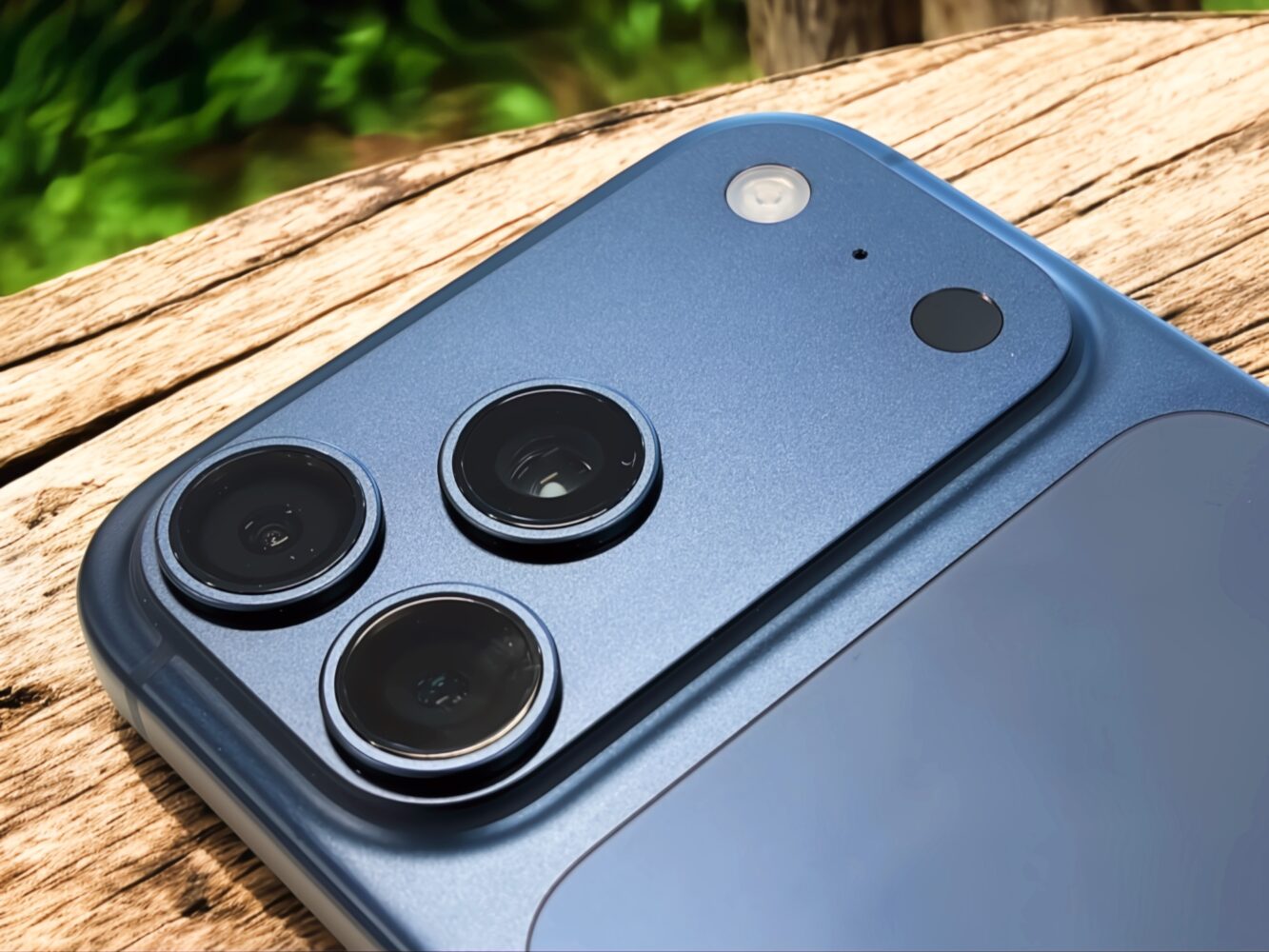
The iPhone 17 Pro Max, meanwhile, is the opposite of restraint. Triple 48 MP Fusion cameras, including a tetraprism telephoto capable of optical-quality 8x zoom. It’s a holy trinity of focal lengths: wide, ultra-wide, and telephoto, all treated with professional seriousness. The Photonic Engine now preserves texture and tone so well that low-light shots feel almost cinematic. Portrait mode grows into something powerful with Focus Control, letting you shift storytelling in post. And then there’s video: ProRes RAW recording, genlock support for multi-camera rigs, and four studio-quality mics with Spatial Audio. This isn’t just a phone camera; it’s a tool for filmmakers.
If the Air is a pocket-sized Leica, the Pro Max is a RED camera disguised as a phone.
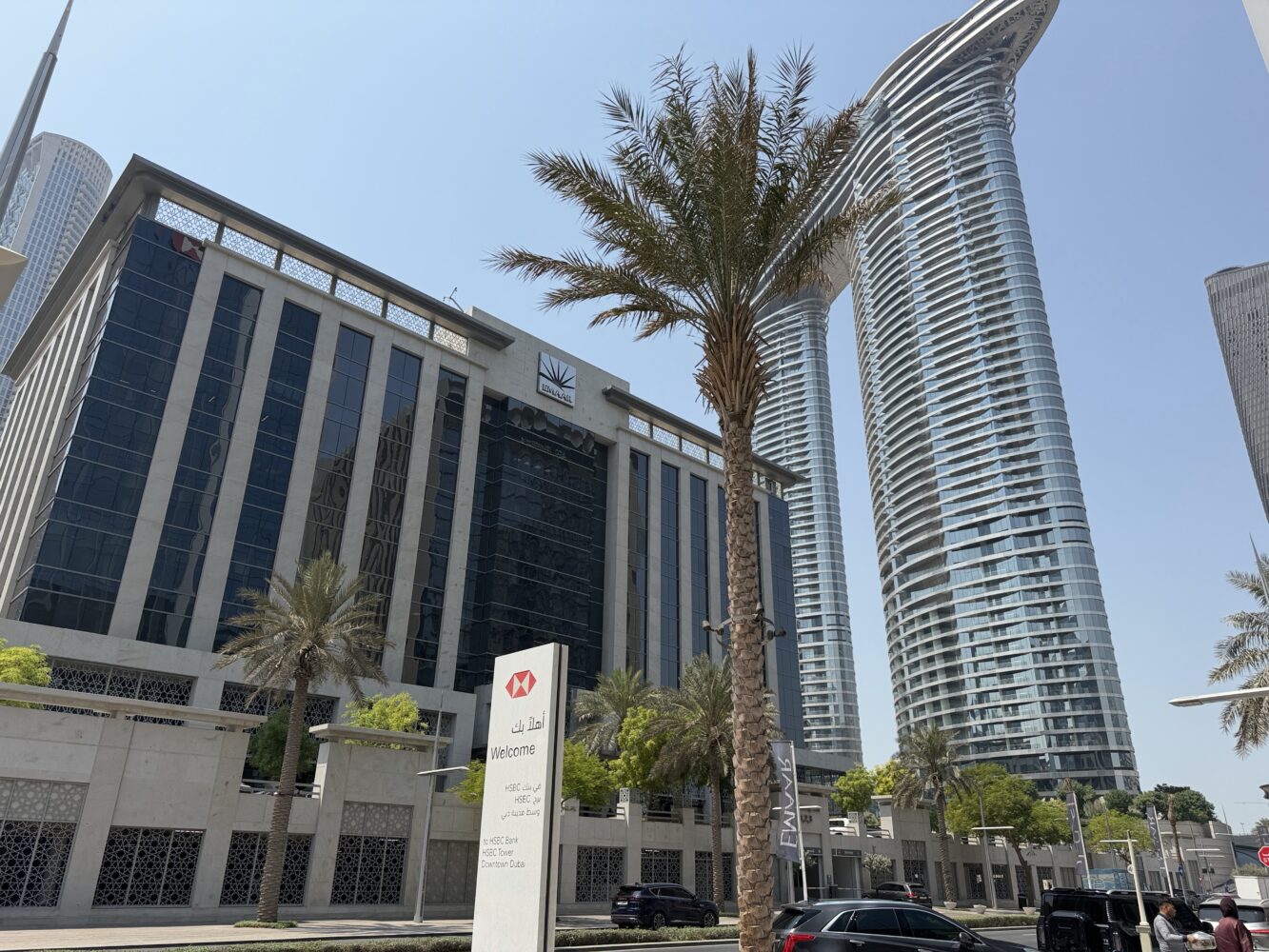

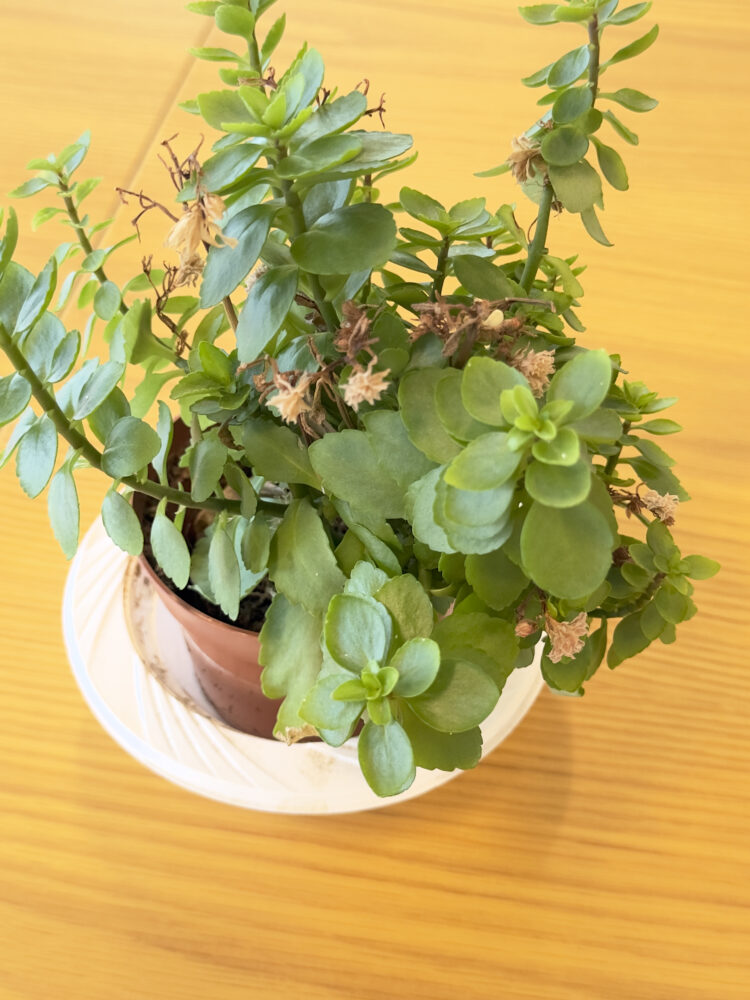
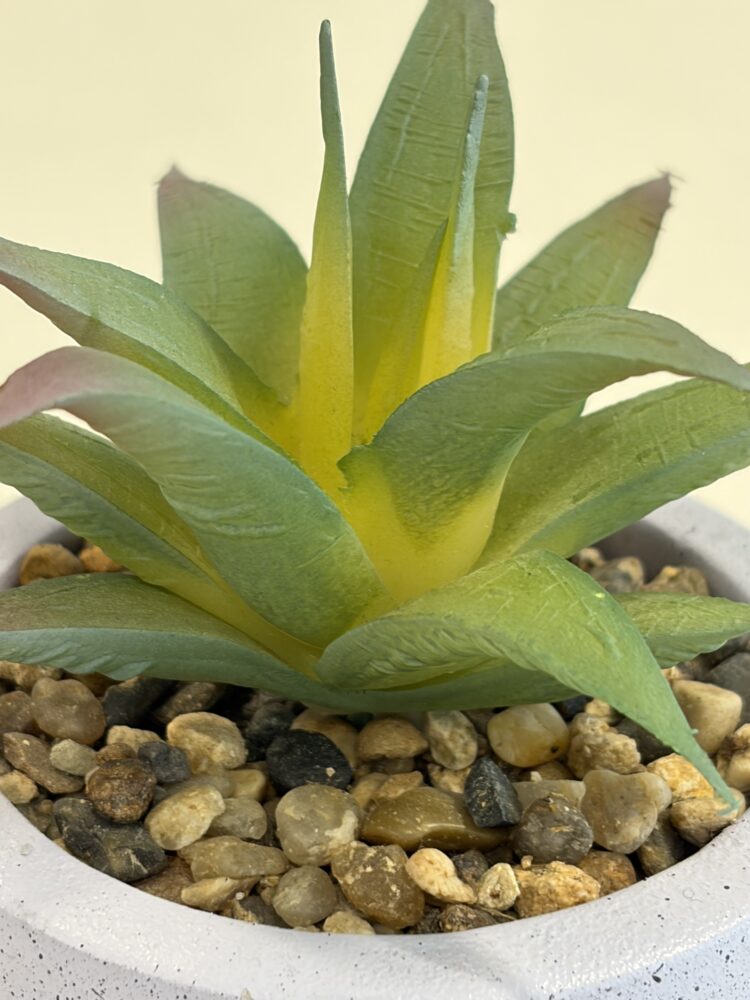
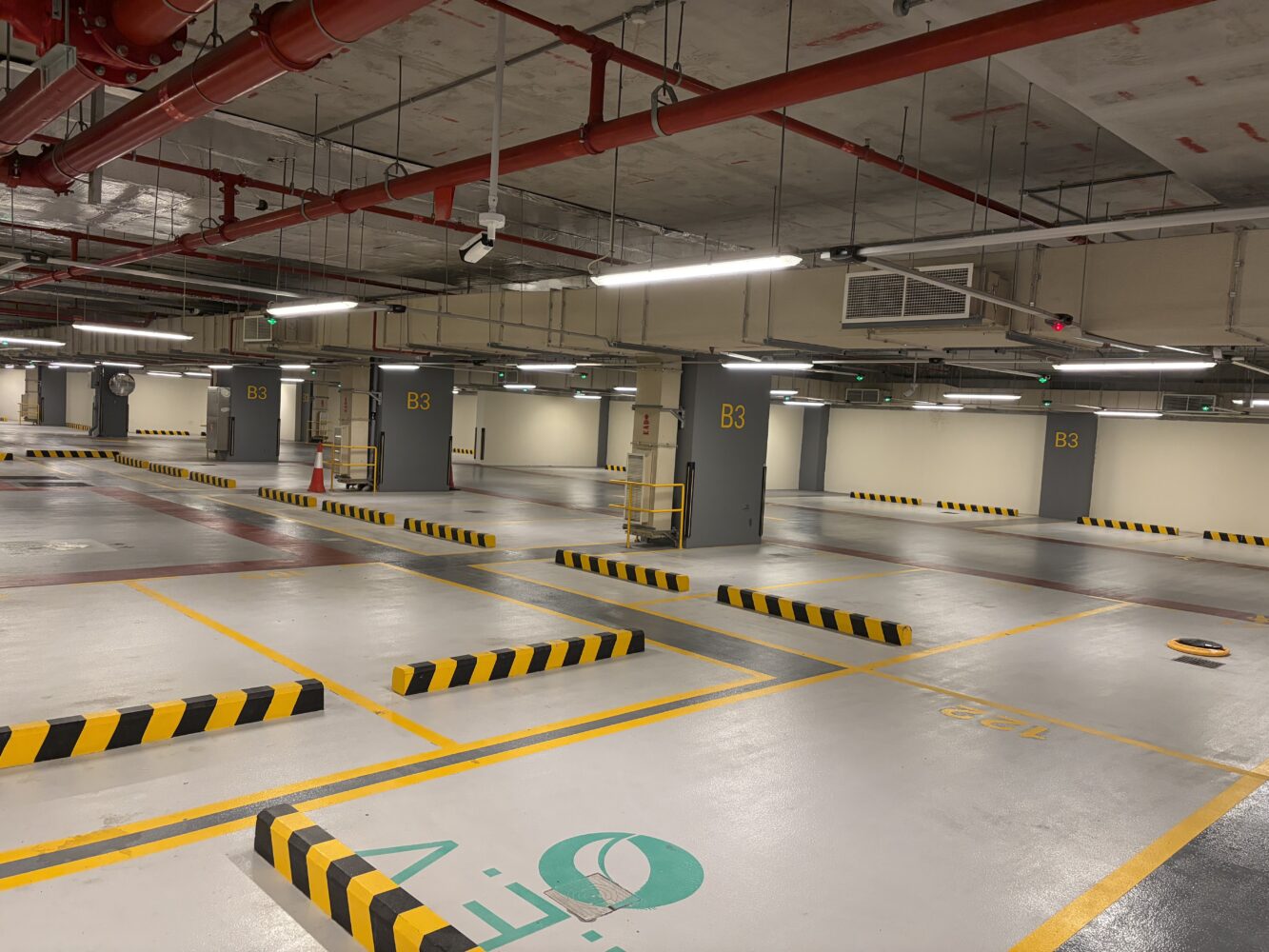
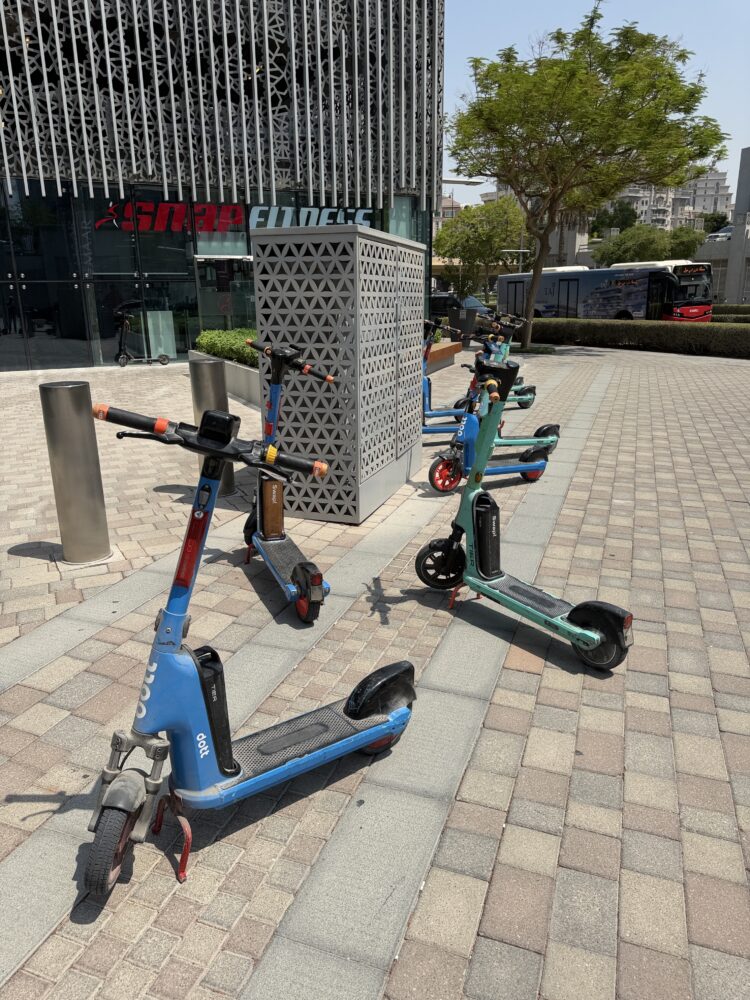
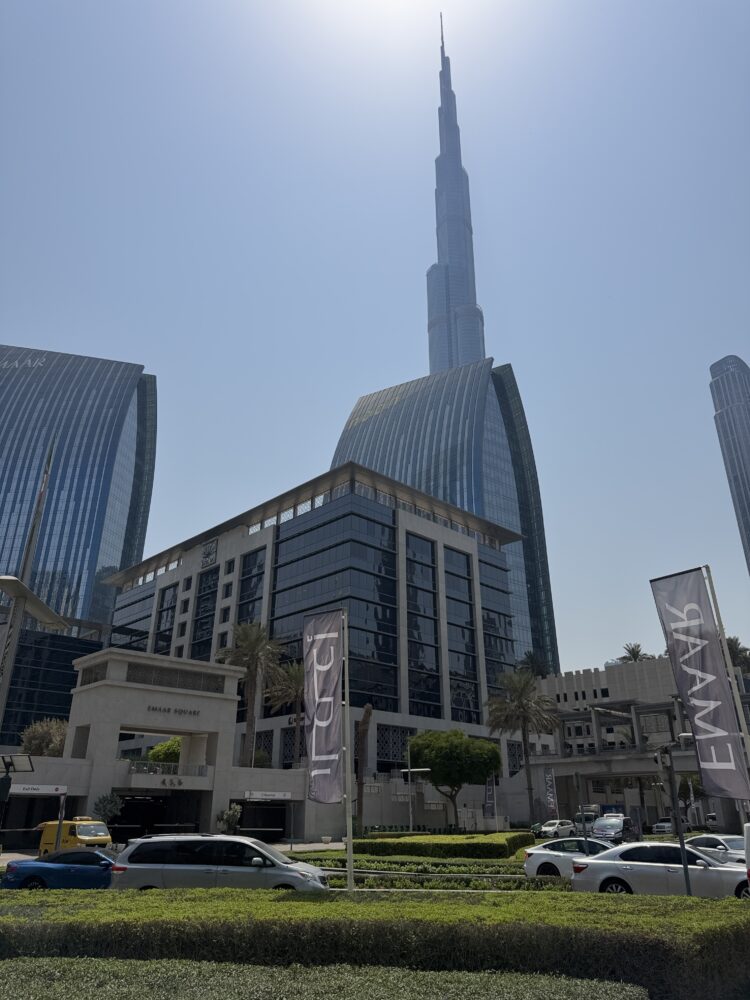

Battery Life: A Respectable Day vs Two Days Without Sweating
Battery life is often the most boring section of a review, but not this year. Apple pulled off a quiet miracle with the Pro Max: 39 hours of video playback. In reality, that means two days of heavy use without panic. I tested it on a weekend trip where I forgot my charger — the Pro Max survived until Monday with some juice left, stretching itself intelligently with iOS 26’s Adaptive Power Mode. It was the first iPhone I didn’t compulsively plug in at every café stop.
The Air? Respectable but not miraculous. Five to six hours of screen-on time on a typical day. Enough for most people, but not for road warriors or power users. With a MagSafe battery pack, it’s fine. Without one, you might find yourself nervously eyeing that percentage in the top corner more often than you’d like.
The difference is psychological as much as practical. With the Air, you manage battery. With the Pro Max, you forget about it.
Sound and Connectivity
The Air makes one very clear compromise: audio. One speaker only. It’s fine for calls, fine for podcasts, fine for YouTube in a pinch. But don’t expect room-filling stereo. It’s a quiet reminder that thinness has a cost.
The Pro Max, by contrast, sounds like a device that takes audio seriously. Four studio-grade mics capture clean sound, Spatial Audio recording is default, and playback through the stereo speakers feels almost theatrical. For creators, it’s a phone that treats sound as half the story — not an afterthought.

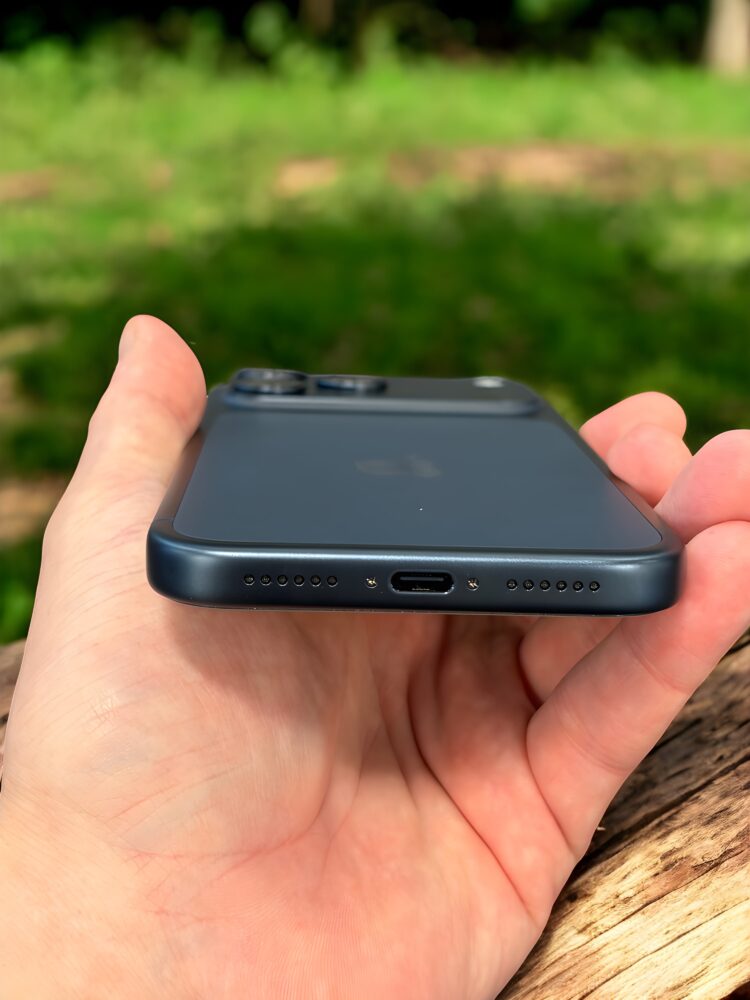
Connectivity-wise, both share the same modern toolkit: Wi-Fi 7, Bluetooth 6, Thread, and eSIM-only support. But the Pro Max leans harder into its pro identity with USB-C at USB 3 speeds, allowing direct recording to SSDs, external monitor output, and even accessory trickle-charging. The Air’s USB-C feels like convenience. The Pro Max’s USB-C feels like infrastructure.
Living With Them
This, to me, was the most revealing part of the experience.
Living with the iPhone Air changed the small rituals of my day. Reading one-handed in bed stopped being a juggling act. I could text while holding an umbrella in the rain without contorting my wrist. Slipping it into narrow jeans pockets was a joy. It reminded me of the first time I used the original iPod Nano — an object so improbably small it felt like magic.
Living with the iPhone 17 Pro Max, however, was about trust. I never worried it would overheat, never worried the battery would tap out before I got home, never worried it would fail to capture a shot I wanted. It felt less like a phone and more like a tool — a Swiss Army knife that just happened to also run TikTok. The Air makes you smile when you pick it up. The Pro Max makes you sigh in relief when you don’t have to think about limitations.

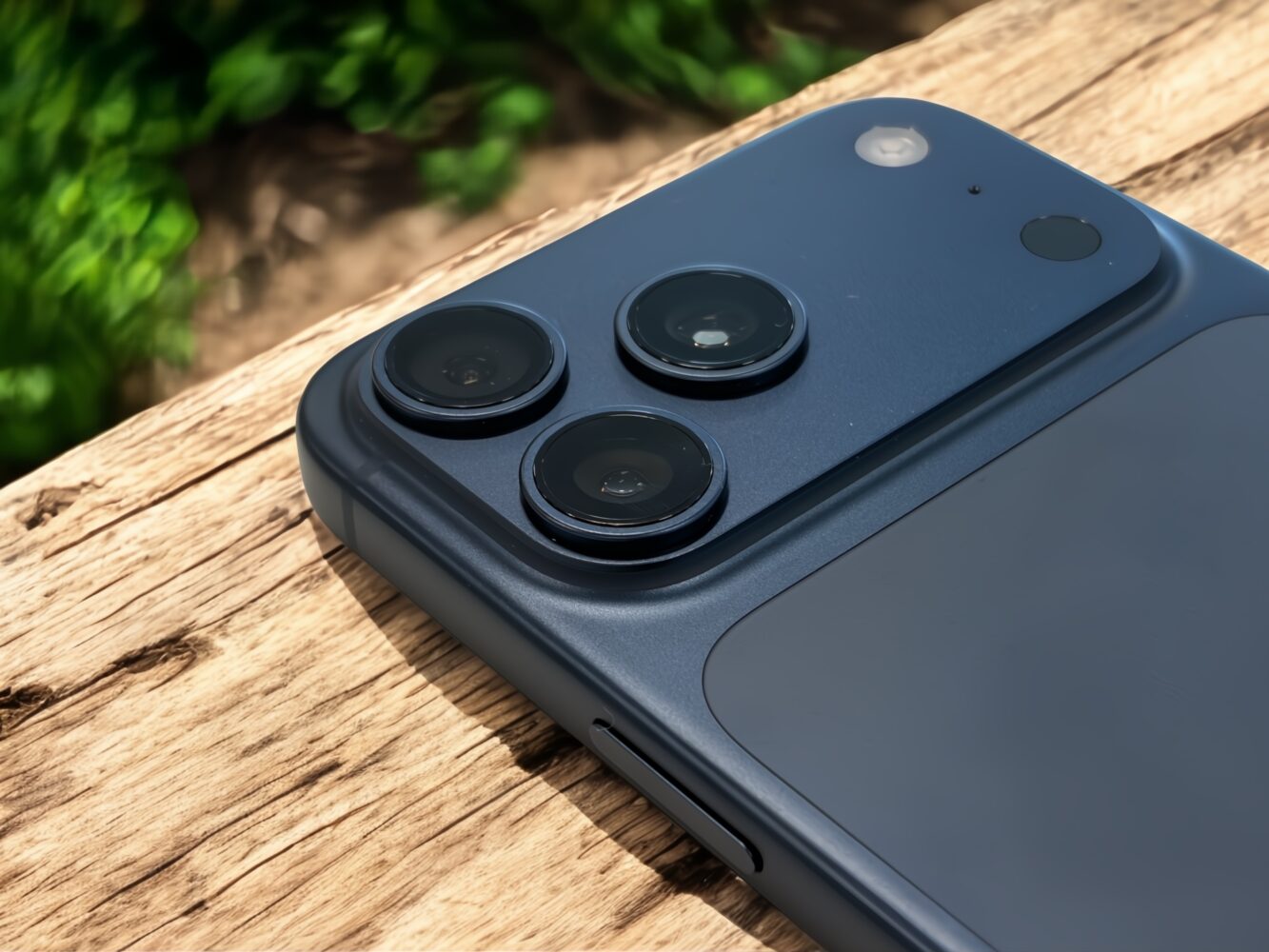
The Verdict (That’s Actually Yours)
At the end of the day, these two phones aren’t competitors. They’re philosophies.
The iPhone Air is elegance through restraint. It’s for people who care about feel as much as function. It’s for those who want to rediscover delight in thinness, tactility, and minimalism — and who are willing to accept some compromises for that.
iPhone Air Review
The iPhone 17 Pro Max is excess made purposeful. It’s for creators, power users, gamers, or anyone who wants the biggest, most capable, most reliable iPhone Apple has ever made. It’s less about delight and more about trust — the kind of phone you can throw anything at and never see it flinch.
iPhone 17 Pro Max
I can’t choose for you, because your choice reveals more about you than about the phones. Do you want the iPhone that whispers elegance into your palm, or the one that roars capability into your life?

